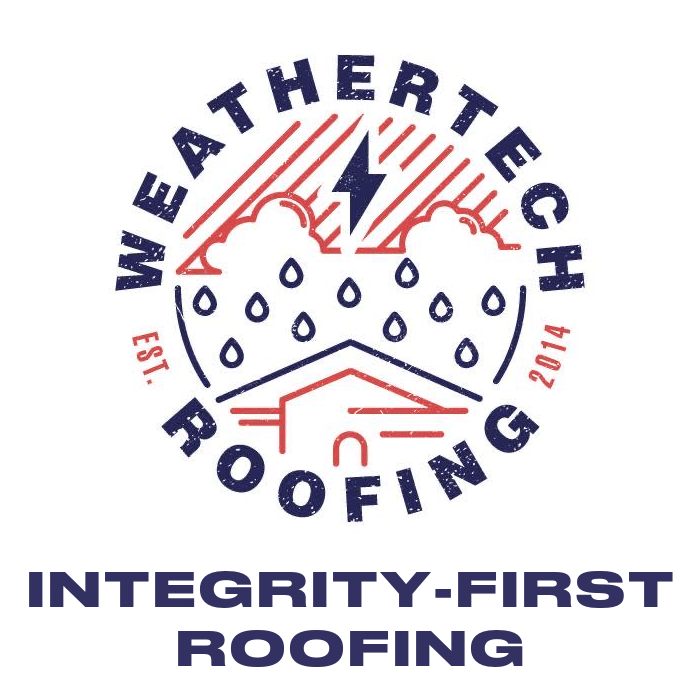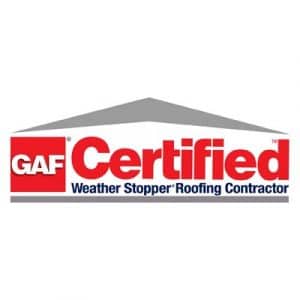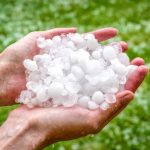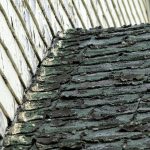
How to Inspect Your Home and Roof After a Hailstorm – From the #1 San Antonio Roofing Company
From The Ground
After a hail storm, start inspecting for damage on the ground and work your way up to the roof. Look for downspouts, dented gutters, and gutter screens. This damage is the least likely to happen but it is important to be on the lookout for even the smallest signs of damage.
Look for damage to window sills and casings. If the roof is damaged then most likely these places will be impacted as well. Look for signs of impact such as dents.
Don’t forget to look for damage to outdoor air conditioning equipment. This is one of the last places most people would think to look, but it’s the easiest to check.
On The Roof
Make sure you have soft-soled shoes before grabbing a ladder to check the damages. Before you step on the ladder, bring chalk to mark the damages and your phone to take pictures. Inspecting a roof can be dangerous – if you don’t have all the proper safety gear, consult a professional roofer. Here at WeatherTech, we offer free estimates and would be happy to take a look.
Roof Vents and Shingles
If you’re confident enough make it up to the roof, check out the chimneys, skylights, and vents to look for dents, dings, or any visible sign of damage. Then check the shingles. Damage to shingles is a bit more difficult to spot. Depending on the size and force of the hail the severity of damage may vary.
What does a little bump have to do with actual damage to the roof?
Even the slightest bump means the integrity of the shingle is compromised. Any size hail can eventually lead to a leak. Many factors come into play that impacts how hail can damage your roof. The roofing material, age of the roof, the slope of the roof, and quality of construction all impact. The hail size, hail density, hail shape, and hail velocity come into play.
What does hail damage on shingles look like?
You may think that a couple of spots of hail damage may not be anything, but you’d be surprised that it does. Even if a few granules are misplaced it could eventually lead to a water leak developing over time.
Depending on the size, hail falls at a rate of one hundred miles per hour or more. Just imagine the sheer force of that. No matter the size, hail will impact a roof negatively in the long term. Especially if another hail storm or severe weather event occurs while the roof is still damaged from the previous storm.
Need Help? Call Weathertech Roofing!
We pride ourselves in offering a free estimate for your potential repairs, and offer financing options to help you pay for roofing needs. It’s our privilege to service your roofing needs – give us a call or shoot us a text at (210) 879-7791, or fill out our form – and we’ll be in touch.













